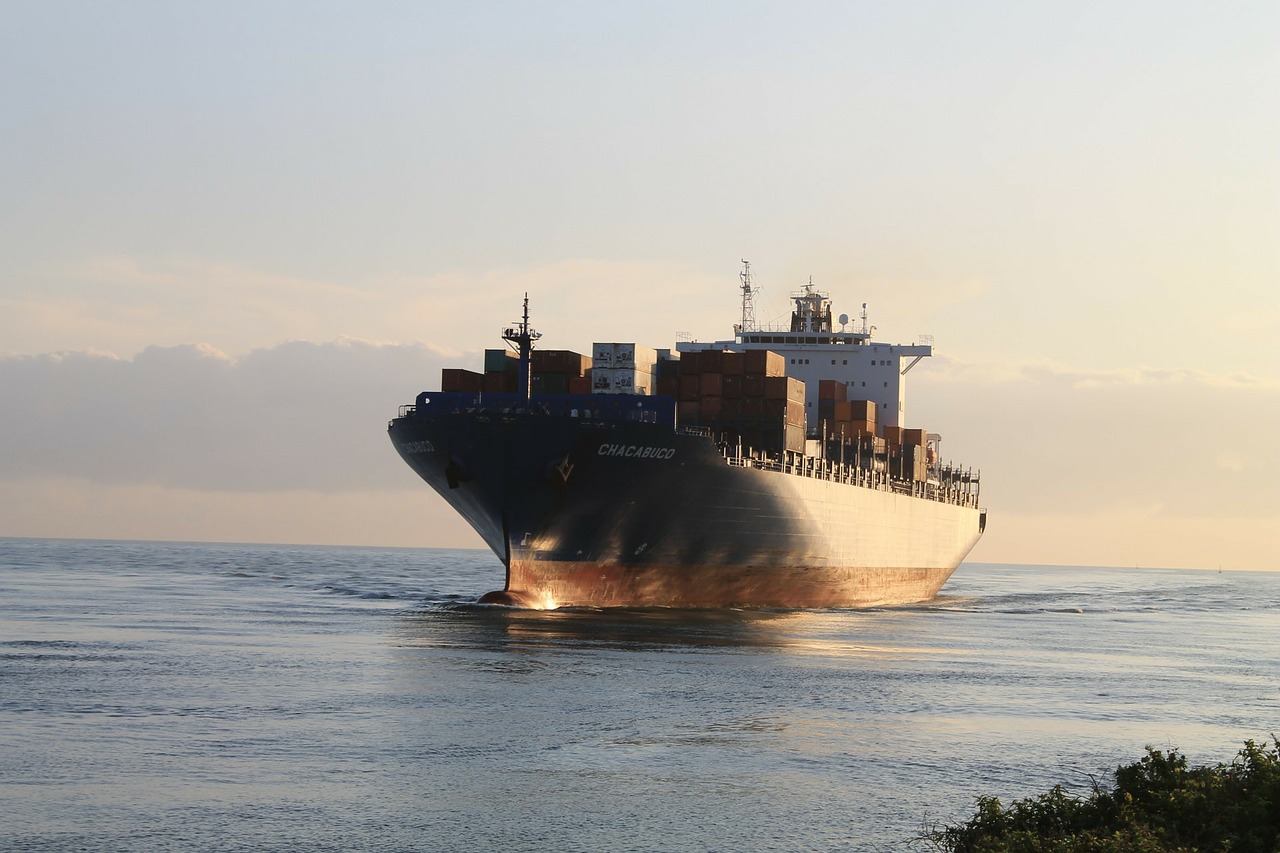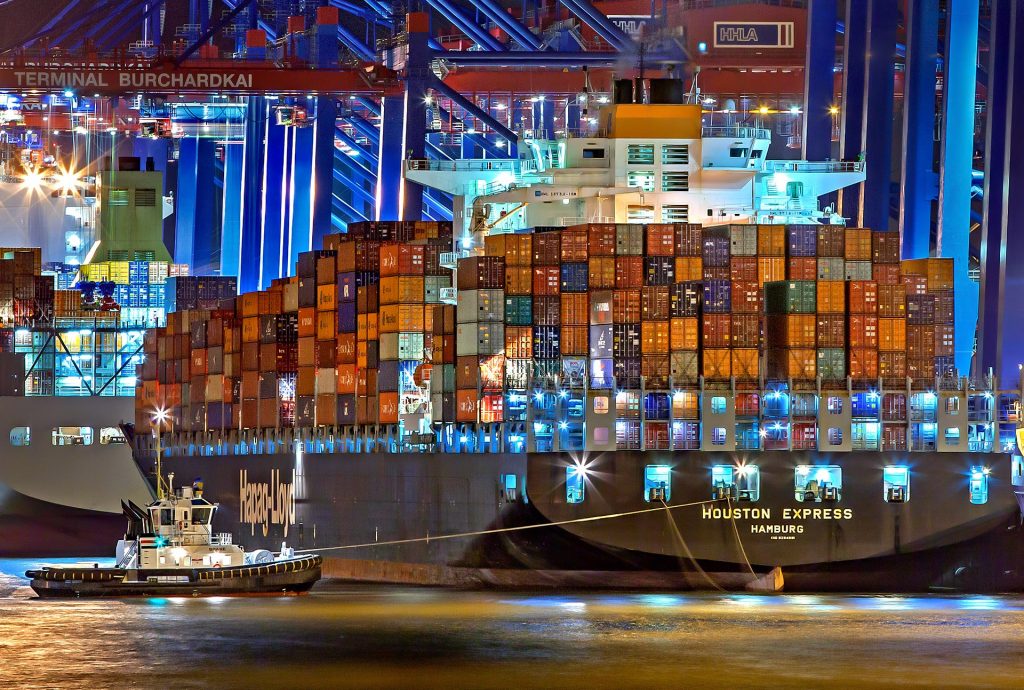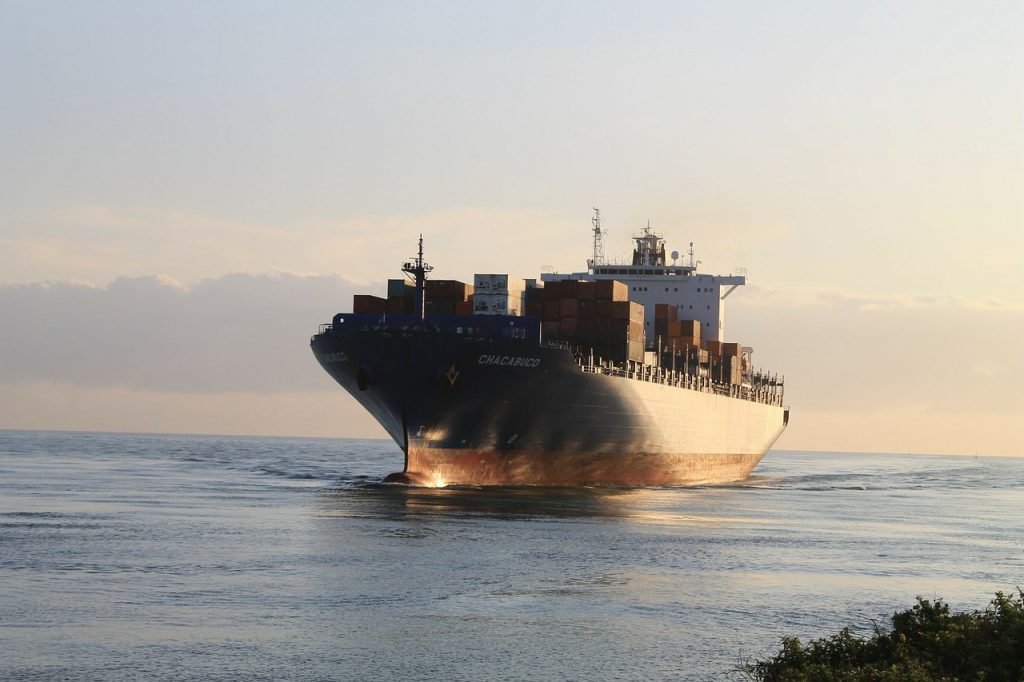

From the stages of the shipping cycle to know how to identify a good logistics company from another, this post will cover all the necessary information you need to know when dealing with cargo shipping companies.
The Shipping Cycle
A shipping cycle is an economic cycle intended to correct markets when supply and demand are out of balance. It is a stage cycle based on customer demand:
Stage 1: Trough
In economic terms, ‘trough’ is used to refer to a stage in the business cycle where activities and/or prices plummet just before rising again. In the shipping cycle, the trough is considered to be the stage at which there is an ‘excess’ capacity. The freight costs plummet, and shipping companies experience negative cash flow. There are two other phenomena that characterizes this stage: the accumulation of ships at trading ports and the slowing down of shipments.
Stage 2: Recovery
In the second stage of the shipping cycle, marks the end of the trough and start of business turning around. The decrease in prices spur an increase in demand leading both supply and demand to move toward equilibrium.
Stage 3: Expansion
As the demand increases, freight charges gradually begin to increase as well, and shipping containers begin to move out of the trading ports.
Stage 4: Peak
At this stage, the shipping freight rates reach their maximum level of growth and hits a plateau. At this stage, the cycle will start to reverse. Even though the levels of supply and demand are going to be almost completely equal, the tension between the two will be more volatile. This increases the chances of the peak of reversing at any moment.
Stage 5: Collapse
At this stage, which represents the end of the cycle, supply exceeds demand and lead to sales and rates to decrease. While the cash flow will not immediately experience a decline, there will be slow down in terms of operation.
How Container Ships Work?

Companies hire shipping companies to ship their products. These companies send their products to these shipping companies who then load the containers. Once loaded, the shipping companies move the containers to the port, through a process called ‘drayage’. Transporting a container away from the port is also referred to as ‘drayage’.
The containers are then kept at the port in container stacks. Once the designated ship arrives, a special chassis and a bomb cart is used to transport the container to the ship. None of the containers are placed in a haphazard manner. Because of the different protocols in place, the placement of containers will have to be done carefully. For example, the container could be placed in order of weight. The container might also have to be secured either above deck or below the hatch.
What Makes a Logistics Company Reliable?
There are few things you can look out for to ensure you are able to separate a good logistics company from a bad one. The most common way to tell them apart is by looking at their contacts and knowledge.
Unlike individual companies, cargo shipping companies have been in the field for a very long time. The level of knowledge and expertise they have is unsurpassed and usually towers over the in-house logistics department in terms of efficiency. Moving large quantities of goods around the world on a daily basis ensures that they know the guidelines of almost every port out there, which is something you can’t expect a newcomer to know.
They must also have full mastery over the types of containers they can use to move the shipment. While the most common containers are 20-foot dry containers and 40-foot dry containers, there are also other types of containers on the market. The other container storage units include:
- Refrigerated container
Refrigerated ISO containers are containers where the temperature is carefully regulated and maintained at a low level.
- Thermal container
Thermal containers, also known as insulated containers, are the opposite of refrigerated containers. While the temperature is also carefully regulated, the temperature is controlled to ensure that it stays high, not low.
- Flat rack container
Flat rack containers have collapsible sides.
- Open top container
Open top containers have convertible tops that can be completely removed.
- Tunnel container
Tunnel containers have doors on both ends of the container.
- Open side storage containers
These are containers that can be opened on wider sides.
- Drums
Drum containers are circular shipping containers made from steel, lightweight metals or hard plastic.
Once you’ve established that the shipping company understands all this, you then want to make sure that they can also get your goods in and out of ports in a timely manner. With all the complex procedures that have to be followed, you want to find a company that is renowned for delivering excellent quality work.
